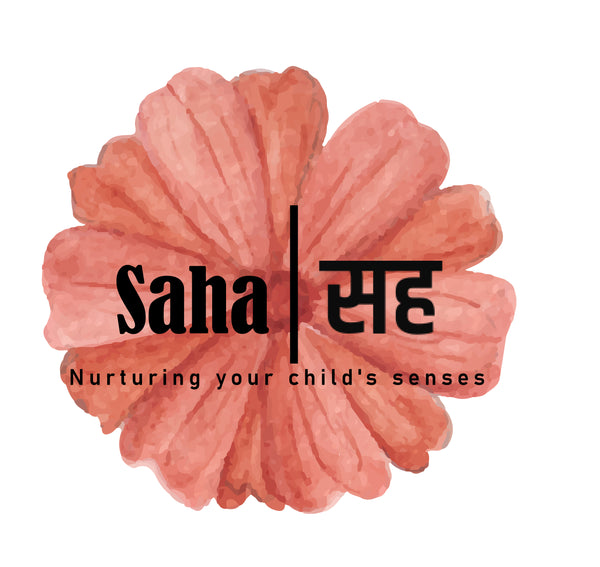
Embracing Child-Led Learning: A Pathway to Independence and Discovery
Share
In the realm of early childhood education, child-led learning has emerged as a powerful approach that prioritizes the interests and choices of the child. This method encourages children to take the reins of their learning journey by selecting activities that resonate with their natural curiosity, strengths, and even their weaknesses. Whether it’s playing with blocks, painting a masterpiece, or exploring the wonders of a sandpit, child-led learning creates an environment where children can thrive.
What is Child-Led Learning?
At its core, child-led learning is about giving children the freedom to choose their activities within a supportive setting, be it at home or in a classroom. This approach recognizes that children are naturally curious beings who learn best when they are engaged in activities that they find meaningful. Instead of directing their children’s actions, parents and educators are encouraged to facilitate learning by providing the necessary resources and a safe space for exploration.
In this approach, the role of the adult shifts from that of a director to a guide. Parents are invited to step back, allowing their children to navigate their learning experiences. This autonomy fosters a sense of ownership over their education, empowering children to dictate the pace and direction of their learning.
Benefits of Child-Led Learning
One of the most significant advantages of child-led learning is its positive impact on social and emotional development. When children are allowed to choose their activities, they tend to remain engaged for longer periods, which enhances their focus and perseverance. This extended engagement provides opportunities for children to discover their interests and hobbies, ultimately fostering independence and confidence.
Moreover, when children are given the time and space to explore, they often delve deeply into subjects that captivate them. This deep dive can lead to a profound understanding of concepts, allowing them to become experts in areas they are passionate about. The process of exploration and discovery not only enriches their knowledge but also cultivates critical thinking and problem-solving skills.
Learning Through Mistakes
As parents, it’s natural to want to guide and assist children in their activities. However, it’s essential to remember that child-led learning thrives on the idea that children learn significantly from their mistakes. When children are allowed to experiment, fail, and try again, they develop resilience and a growth mindset. These experiences teach them that failure is a natural part of the learning process, ultimately shaping them into lifelong learners who are proactive and curious.
Conclusion
Child-led learning is more than just a teaching method; it’s a philosophy that respects and nurtures the innate curiosity of children. By allowing children to take control of their learning, parents and educators can foster an environment that promotes independence, confidence, and a love for learning. As we embrace this approach, we empower our children to explore their interests, make discoveries, and become the architects of their educational journeys. In doing so, we prepare them not just for academic success, but for a fulfilling and inquisitive life ahead.
Footnote
1. What is Child-Led Learning? (Explained + Examples). (2022, November 21). https://playlearnthrive.com/what-is-child-led-learning/
2. What is “child-led” learning? | Latest news. (n.d.). Www.kinteract.co.uk. https://www.kinteract.co.uk/blog/what-is-child-led-learning/
3. Child Led Learning: How it Works & 3 Big Benefits - Dandelion Seeds Positive Parenting. (2020). https://dandelion-seeds.com/positive-parenting/child-led-learning/
